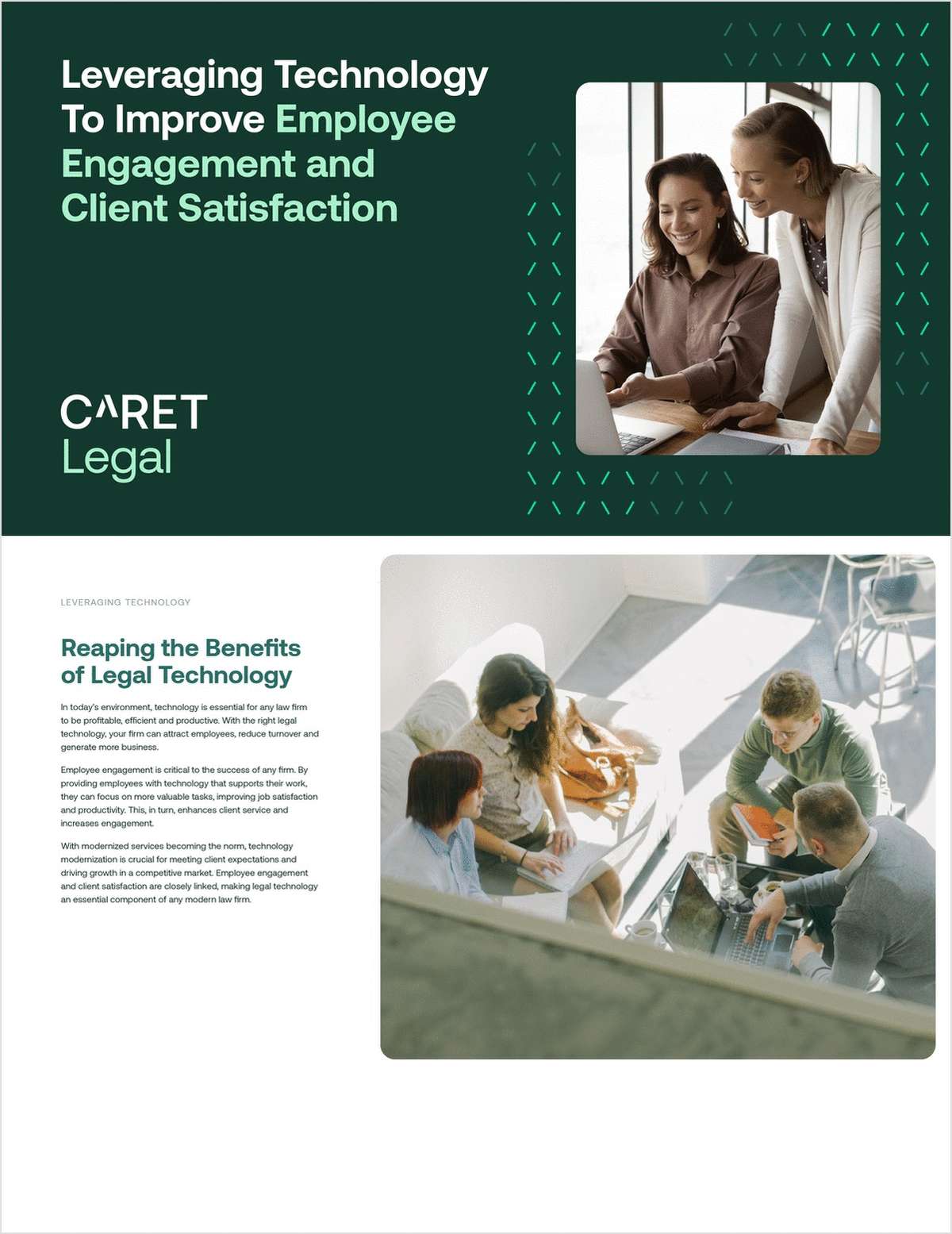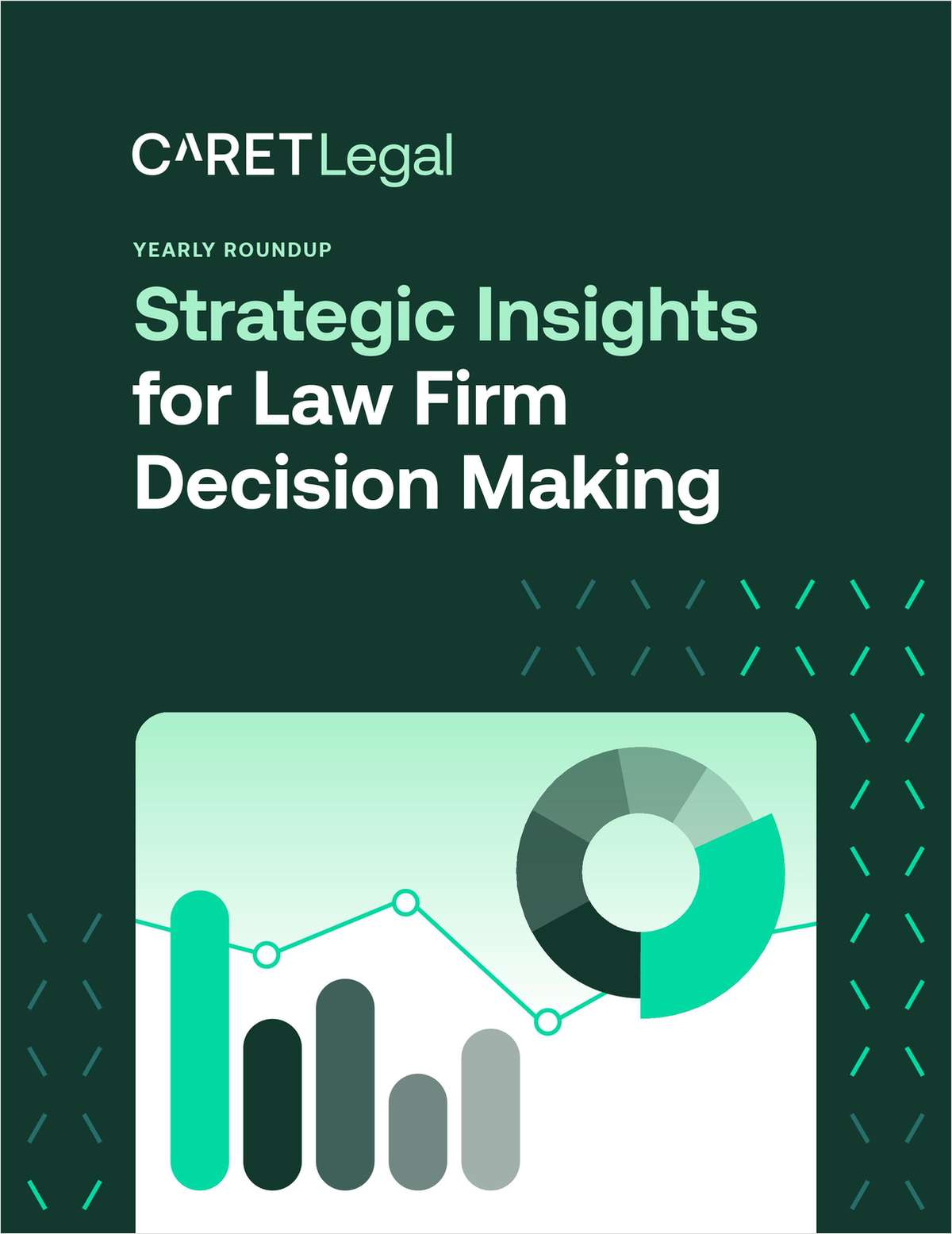Merck Can't Get Back $2.5 Billion HCV Patent Award
The Federal Circuit ruled that Merck subsidiary Idenix claimed billions of potential compounds, leaving researchers with only a needle in a haystack. The decision wipes out what defendant Gilead Sciences had called the largest jury award in patent history.
October 30, 2019 at 04:46 PM
4 minute read
 U.S. Court of Appeals for the Federal Circuit Chief Judge Sharon Prost.
U.S. Court of Appeals for the Federal Circuit Chief Judge Sharon Prost.
The U.S. Court of Appeals for the Federal Circuit will not revive a $2.5 billion jury award that Merck & Co. and subsidiary Idenix Pharmaceuticals won against Gilead Sciences in 2016.
The Federal Circuit agreed with U.S. District Judge Leonard Stark of the District of Delaware that Idenix's 7,608,597 patent claimed far too many potential compounds to identify the specific 2′-methyl-up modified nucleoside that Gilead uses to treat hepatitis C.
Chief Judge Sharon Prost of the U.S. Court of Appeals for the Federal Circuit wrote for a 2-1 panel that the "genus" of 2′-methyl-up nucleosides Idenix claimed covered potentially "billions and billions" of compounds. Even the 18 working examples that Idenix included in the claim specification narrowed it only to the tens of thousands, she wrote in Idenix Pharmaceuticals v. Gilead Sciences.
That would leave a person of skill in the art "searching for a needle in a haystack to determine which of the 'large number' of 2′-methyl-up nucleosides falls into the 'small' group of candidates that effectively treats HCV," she wrote.
Gilead had called the award the largest in patent history, though Merck pointed out it was only a fraction of the $25 billion in sales Gilead had rung up on its Sofosbuvir compound. Gilead predecessor Pharmasset Inc. synthesized its fluorinated version of the compound in the early 2000s.
Prost's opinion actually went further than Stark's post-trial judgment. She also found the patent invalid for lack of written description.
Gilead's winning team featured Orrick, Herrington & Sutcliffe partner E. Joshua Rosenkranz, who argued the appeal with support from attorneys at Orrick and Fish & Richardson, which tried the case.
"This is just the latest in an unbroken chain of tribunals that have concluded that Gilead invented the cure for HCV. Not Merck and not Idenix," Rosenkranz said in a written statement.
The Federal Circuit has previously affirmed a PTO interference proceeding in Gilead's favor and a ruling from a San Jose federal judge that Merck came to a separate patent litigation with "unclean hands."
"That's two district judges, and seven appellate judges, in three different appeals," Rosenkranz said.
Jones Day partner Greg Castanias, who argued the appeal for Merck, declined to comment, and a Merck representative did not immediately respond to a request for comment Tuesday afternoon.
Merck had argued on appeal that a person of skill would have understood that the focus of the claims were on inhibiting a specific polymerase to effectively cure HCV. That would have narrowed the field of potential compounds to a predictable and manageable group of compounds, Merck argued.
Prost wrote that that would be using the knowledge of a person of skill in the art to fill in a claim limitation, "an impermissible end-run around the requirement to enable the full scope of the claim."
Judge Pauline Newman dissented. Putting the 18 working examples together with figures and data in the specification could have narrowed the field down to a handful of compounds, she wrote. "A reasonable jury could have concluded that the '597 claimed those compounds, not the 'billions and billions' of unsynthesized and unevaluated variants in the specification," Newman wrote.
She concluded that while the patent is valid, Gilead's 2′ methyl-fluoro compound does not infringe. Prost replied that the only way to reach that result was to disregard Stark's claim construction and rely on an argument not advanced by the parties.
This content has been archived. It is available through our partners, LexisNexis® and Bloomberg Law.
To view this content, please continue to their sites.
Not a Lexis Subscriber?
Subscribe Now
Not a Bloomberg Law Subscriber?
Subscribe Now
NOT FOR REPRINT
© 2025 ALM Global, LLC, All Rights Reserved. Request academic re-use from www.copyright.com. All other uses, submit a request to [email protected]. For more information visit Asset & Logo Licensing.
You Might Like
View All
Ozempic Defendants Seek to Shave 'Tacked On' Claims From MDL Complaint
3 minute read
FTC Launches Inquiry of Single-Family Rental Home 'Mega Investors,' Issues PBM Report
5 minute read

'Nuclear Option'?: Eli Lilly Taps Big Law Firms in Federal Drug Pricing Dispute
3 minute readTrending Stories
- 1Connecticut Movers: New Laterals, Expanding Teams
- 2Eliminating Judicial Exceptions: The Promise of the Patent Eligibility Restoration Act
- 3AI in Legal: Disruptive Potential and Practical Realities
- 4One Court’s Opinion on Successfully Bankruptcy Proofing a Borrower
- 5Making the Case for Workflow Automation
Who Got The Work
J. Brugh Lower of Gibbons has entered an appearance for industrial equipment supplier Devco Corporation in a pending trademark infringement lawsuit. The suit, accusing the defendant of selling knock-off Graco products, was filed Dec. 18 in New Jersey District Court by Rivkin Radler on behalf of Graco Inc. and Graco Minnesota. The case, assigned to U.S. District Judge Zahid N. Quraishi, is 3:24-cv-11294, Graco Inc. et al v. Devco Corporation.
Who Got The Work
Rebecca Maller-Stein and Kent A. Yalowitz of Arnold & Porter Kaye Scholer have entered their appearances for Hanaco Venture Capital and its executives, Lior Prosor and David Frankel, in a pending securities lawsuit. The action, filed on Dec. 24 in New York Southern District Court by Zell, Aron & Co. on behalf of Goldeneye Advisors, accuses the defendants of negligently and fraudulently managing the plaintiff's $1 million investment. The case, assigned to U.S. District Judge Vernon S. Broderick, is 1:24-cv-09918, Goldeneye Advisors, LLC v. Hanaco Venture Capital, Ltd. et al.
Who Got The Work
Attorneys from A&O Shearman has stepped in as defense counsel for Toronto-Dominion Bank and other defendants in a pending securities class action. The suit, filed Dec. 11 in New York Southern District Court by Bleichmar Fonti & Auld, accuses the defendants of concealing the bank's 'pervasive' deficiencies in regards to its compliance with the Bank Secrecy Act and the quality of its anti-money laundering controls. The case, assigned to U.S. District Judge Arun Subramanian, is 1:24-cv-09445, Gonzalez v. The Toronto-Dominion Bank et al.
Who Got The Work
Crown Castle International, a Pennsylvania company providing shared communications infrastructure, has turned to Luke D. Wolf of Gordon Rees Scully Mansukhani to fend off a pending breach-of-contract lawsuit. The court action, filed Nov. 25 in Michigan Eastern District Court by Hooper Hathaway PC on behalf of The Town Residences LLC, accuses Crown Castle of failing to transfer approximately $30,000 in utility payments from T-Mobile in breach of a roof-top lease and assignment agreement. The case, assigned to U.S. District Judge Susan K. Declercq, is 2:24-cv-13131, The Town Residences LLC v. T-Mobile US, Inc. et al.
Who Got The Work
Wilfred P. Coronato and Daniel M. Schwartz of McCarter & English have stepped in as defense counsel to Electrolux Home Products Inc. in a pending product liability lawsuit. The court action, filed Nov. 26 in New York Eastern District Court by Poulos Lopiccolo PC and Nagel Rice LLP on behalf of David Stern, alleges that the defendant's refrigerators’ drawers and shelving repeatedly break and fall apart within months after purchase. The case, assigned to U.S. District Judge Joan M. Azrack, is 2:24-cv-08204, Stern v. Electrolux Home Products, Inc.
Featured Firms
Law Offices of Gary Martin Hays & Associates, P.C.
(470) 294-1674
Law Offices of Mark E. Salomone
(857) 444-6468
Smith & Hassler
(713) 739-1250








